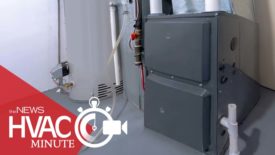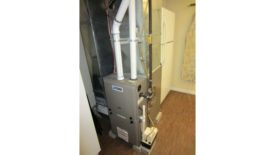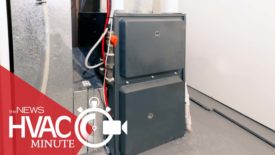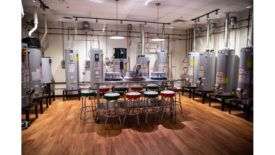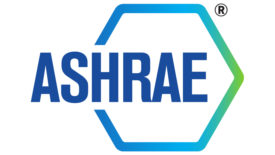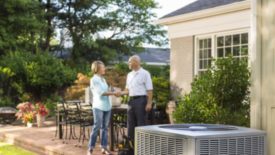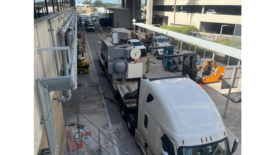Home » Keywords: » efficiency standards
Items Tagged with 'efficiency standards'
ARTICLES
Mandating High-Efficiency Furnaces Will Limit Consumer Choice, Critics in HVAC Industry Say
Furnace Rule ‘Doesn’t Pencil Out’
Read More
Proposed Water Heater Standards Draw Criticism, Praise
New standards would replace electric resistance water heaters with heat pump technology
Read More
What Does SEER Mean to Homeowners?
It may be tricky explaining the transition from SEER to SEER2 to homeowners
Read More
Refrigerant Transition is Top of Mind at AHR Expo
Panel discussion covered the new efficiency standards, labor shortages, and supply chain issues as well
Read More
Stranded Surplus a ‘Plus’ for HVAC?
New DOE efficiency rules for a/c units could be a boon for HVAC surplus dealers
Read More
Copyright ©2024. All Rights Reserved BNP Media.
Design, CMS, Hosting & Web Development :: ePublishing


